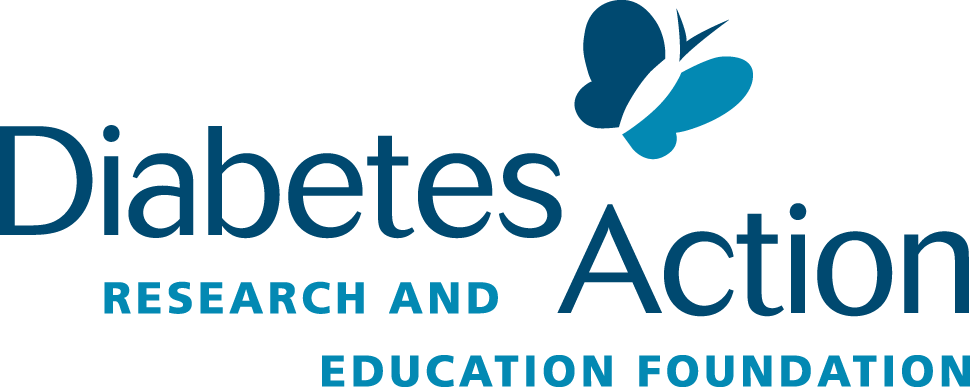
Supplements
Vitamin/Mineral Supplementation
Vitamins and minerals have multiple roles in the body, functioning primarily as coenzymes or “helpers” for the body’s metabolism. Small amounts may be all that are needed for preventing deficiency, but larger amounts may be indicated for optimal health.
Generally, nutritional supplements are not toxic. Fat soluble vitamins that may be toxic at excessive doses include A, D, K and E. Choose hypoallergenic supplements without fillers. Consult a nutritional advisor for guidance in choosing supplements and amounts.
The following supplements are among those that have been suggested by research studies and used by some nutritionally-oriented practitioners.
Vitamin B-6 - B-6 is essential to protein metabolism, antibody production, and immune functions. Sensory neuropathy has been reported at high doses, but is not observed with ultra pure forms of B-6 that are properly balanced with nutrients such as magnesium and zinc.
Biotin - Biotin is involved in carbohydrate metabolism. It may assist in lowering blood sugar levels, and is usually well tolerated by the body.
Vitamin C - This antioxidant is well known for a variety of positive effects including immune enhancement and tissue healing. It is best absorbed in a buffered form. Although excessive doses are not reported to be harmful, they may cause gas and loose stools.
Chromium - Chromium enhances the activity of insulin in the cells and a 2004 study showed Chromium supplementation may lower cardiovascular risk in type 2 diabetes (1). Data from a study funded by Diabetes Action in 1998 also demonstrated that steroid-induced diabetes can be reversed by chromium supplementation (2).
Coenzyme Q (Co-Q-10) - This supplement may improve oxygen use at the cellular level, help stabilize blood sugar, and help protect against heart disease (3). If statin drugs are being used, it is especially important to take supplemental Co-Q-10 since the statin drugs deplete levels of Co-Q-10 in body tissues.
Conjugated linoleic acid (CLA) - CLA has been found to be helpful in reducing body fat — especially abdominal fat — and preserving muscle mass (4).
Vitamin D - Studies have shown that, in addition to bone health, vitamin D is important for normal immune function, blood vessel health, and organ function (including the pancreas) (5). Research has also shown that low vitamin D levels increase the risk for developing both type 1 and type 2 diabetes (6,7). According to one study, people with vitamin D levels above 30 had one-third of the risk of type 2 diabetes and those with levels above 50 had one-fifth of the risk of developing type 2 diabetes (8).
Vitamin E - This antioxidant stabilizes cell membranes, reduces blood clotting risks, enhances immune function, inhibits glycosylation of proteins, among other protective functions (9). When using vitamin E supplements, choose one that includes mixed tocopherols (alpha, beta, and gamma). Concerns about a link between increased risk of heart failure and vitamin E supplements announced in 2005 were related to the use of only high dose alpha tocopherols (10).
Lipoic Acid - Another potent antioxidant, this may lessen the damage of retinopathy, neuropathy, and arteriosclerosis. Beneficial effects have been confirmed at doses of 300-600 mg (11).
Magnesium - This important mineral is often deficient in insulin-resistant individuals, especially those with type 2. Magnesium may improve glucose tolerance (12) and prevent certain complications of diabetes. It also plays a role in reducing high blood pressure, which is common in people with diabetes. One study found that a combination of magnesium with vitamins C, E and Zinc was more effective in reducing blood pressure than using magnesium alone (13).
Niacin - Niacin is involved in energy metabolism and is a precursor to glucose tolerance factor (GTF). Although standard niacin can lower cholesterol, large doses (over 1000mg) may raise blood sugar levels and produce side effects. One study found a once-daily extended release niacin was well tolerated and effective for improving lipid levels in type 2 diabetes but that large doses should be used only under medical guidance (14).
NAC - n-acetylcysteine is a potent antioxidant which has shown to be effective in improving endothelial dysfunction and in reducing blood pressure and LDL cholesterol especially when combined with the amino acid L-Arginine (15).
Nitric Oxide - L-arginine is a precursor to nitric oxide which plays a key role in promoting arterial health15 and enhancing exercise performance (16,17).
Phosphatidylcholine - a lipid component of Lecithin found in plant and animal-derived foods such as soybeans and the yolks of eggs, has been found to increase insulin sensitivity and improve liver enzymes (18).
Vanadium - Vanadium may improve glucose metabolism (19). More research is needed to determine safe levels.
REFERENCES
Vrtovec, M., Vrtovec, B., Briksi, A., Kocijancic, A, Anderson, R.A., Radovancevic, B. “Chromium supplementation shortens QTc interval duration in patients with type 2 diabetes mellitus.” Am Heart J, 2005. 149(4): 632-636.
Ravina, A., Slezak, L., Mirsky, N., Bryden, N.A., Anderson, R.A. “Reversal of Corticosteroid- induced diabetes mellitus with supplemental chromium.” Diabetes Medicine, 1999. 16: 164-167.
Salvatore Pepe, S. F. Marasco, S. J. Haas, F.L. Sheeran, H.K., Franklin L. R. “Coenzyme Q10 in cardiovascular disease” Mitochondrion, Volume 7, Supplement, 2007, S154-S167, https://doi.org/10.1016/j.mito.2007.02.005.
Belury, M.A., “Dietary conjugated linoleic acid in health: physiological effects and mechanisms of action.” Annu Rev Nutr. 2002;22:505-531.
Holick, M.F. “Vitamin D Deficiency.” New England Journal of Medicine, 2007; 357:266-281
Mathieu, C et al “Vitamin D and Diabetes.” Diabetologia, 2005; 48(7): 1247 – 57
Palomer, X. et al, “Role of Vitamin D in the Pathogenesis of type 2 Diabetes Mellitus.” Diabetes Obes Metab 2008 March; 10(3) 185-97
Park SK, Garland CF, Gorham ED, BuDoff L, Barrett-Connor E. “Plasma 25-hydroxyvitamin D concentration and risk of type 2 diabetes and pre-diabetes: 12-year cohort study"(2018) PLOS ONE 13(4):e0193070. https://doi.org/10.1371/journal.pone.0193070
Upritchard, J.E., Sutherland, W.H., Mann, J.I. “Effect of supplementation with tomato juice, vitamin E, and vitamin C on LDL oxidation and products of inflammatory activity in type 2 diabetes.” Diabetes Care, 2000. 23(6): 733-738.
Lonn, E., Yusuf, S., Hoogwerf, B. et al. “Effects of vitamin E on cardiovascular and microvascular outcomes in high-risk patients with diabetes.” Diabetes Care, 2002. 25:1919-1927.
Heitzer, T., Finckh, B., Albers, S. et al. “Beneficial effects of alpha-lipoic acid and ascorbic acid on endothelium-dependent nitric oxide-mediated vasodilation in diabetic patients relation to parameters of oxidative stress.” Free Radical Biology and Medicine, 2001. 31(1): 53-61.
Barbagallo, M., Dominguez, L.J., Galioto, A., et al. “Role of magnesium in insulin action, diabetes and cardio-metabolic syndrome X.” Mol Aspects Med., 2003. 24:39-52.
Maryam, S.F., Jalali, M. Siassi, F., et al. “The impact of vitamins and/or mineral supplementation on blood pressure in type 2 diabetes.” J Amer Coll Nutr, 2004. 23(3): 272-279.
Grundy, S.M., Vega, G.L., McGover, M.E., et al. “Efficacy, safety, tolerability of once-daily niacin for the treatment of dyslipidemia associated with type 2 diabetes.” Arch Internal Med, 2002. 162(14): 1568-1576.
Martina, Valentino et al., “Long-Term N-Acetyleysteine and l-Arginine Administration Reduces Endolethial Activation and Systolic Blood Pressure in Hypertensive Patients with Type 2 Diabetes” Diabetes Care, 2008(5); 31: 940-944.
Bruckdorfer, R. “The basics about nitric oxide.” Mol Aspects Med, 2005. 26(1-2): 3-31.
McConell, G.K., Huynh, N.N., Lee-Young, R.S., et al. “L-Arginine infusion increases glucose clearance during prolonged exercise in humans” Am J Physiol Endocrinol Metab, 2006. 290 E60-E66.
Lee, JM, Lee, YK, Mamrosh, JL, Busby, SA, Griffin, PR, Pathak, MC, Ortlund, EA, Moore, DD. “A nuclear-receptor-dependent phosphatidylcholine pathway with antidiabetic effects”Nature, 474, 506–510 (23 June 2011)
Thompson, K.H. “Vanadium Compounds in the Treatment of Diabetes.” Met. Ions, Biol, Syst. 2004; 41;7:221-252.
